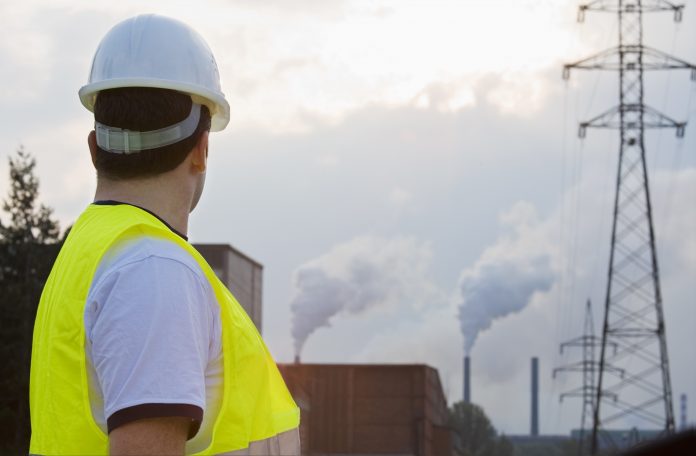Construction climate change resistance could have a devastating impact across the world. Paul Deakin, director of Rund, explores how the industry can achieve a net zero carbon built environment by decarbonising existing buildings
Climate change has quickly become the most urgent challenge of our times. The 2016 Paris Agreement and the additional ambitions agreed at COP26, sparked renewed optimism of a collaborative global community working together to reduce and limit the impact of climate change.
The agricultural and ecological disruption across the world is a threat to all communities, industries and living beings, and as such, we have seen the need for urgent action to be taken by businesses and the government to achieve a net zero carbon built environment.
Although the construction industry does have a reputation for being resistant to change, the Covid-19 pandemic did show it was not completely against using new methodologies when it has to.
An industry once plagued by its unwillingness to guide resources towards innovation, and not acting on the need to adopt new techniques in construction, is now being hailed for embracing technology and trialling new methods to futureproof buildings for modern-day work, life and play. The cusp of change is upon us and a new dawn is breaking for the construction industry.
Has the construction industry taken too long to adapt to climate change?
Some may say it’s taken far too long for the sector to want to make a change, but with the climate emergency needing urgent attention, it’s positive to see that action is being made in the UK to change the way we approach design and construction.
As a sector, there is significant opportunity to support the transition to a net zero carbon built environment in the UK, and we are seeing ambitious proposals from our clients, which shows that it is possible and that more importantly, there is widespread appetite to curb the burden the built environment has on this country’s carbon emissions.
I believe one of the greatest challenges the sector faces, however, is decarbonising the existing stock of residential and commercial buildings, and this cannot be ignored.
How can we decarbonise buildings?
Retrofitting existing homes will need to be prioritised, however, a myriad of obstacles has meant that the pace at which we are seeing changes to the energy performance of the UK’s existing housing stock, is less than favourable.
Refurbishments of commercial buildings must also be considered, reducing demolition waste and avoiding the introduction of carbon into new structures. This also brings the benefit of decreasing the carbon impacts of transport, in addition to the further benefit of shortening construction programmes.
By element, the largest contributor to embodied carbon is the infrastructure and superstructure of any given building. For commercial office space, this accounts for 65%, according to the London Energy Transformation Initiative. Thus, when considering redevelopment options, whether that be refurbishment, reuse or demolition, I would like to see the impact on the wider environment remain front of mind.
Built environment contributes 40% of the UK’s carbon footprint
The built environment contributes around 40% of the UK’s total carbon footprint. Whilst achieving reductions will be incredibly challenging and require innovative approaches and systemic changes from industry, there are already net zero buildings in every corner of the world. Other countries are pulling ahead in the race to net zero. As a country, the UK can’t afford to be left behind.
It is now time to ask ourselves, what is the best role we can take in answering the climate emergency?
We must learn and embrace the opportunities to collaborate across sectors to achieve collective change. In our sector, Surveying professionals are key to delivering fit for purpose homes and buildings. From undertaking property assessments and providing technical due diligence services, to making project decisions that can maximise carbon savings; we are at the front and centre of the battle, and will continue to work with our clients to contribute positively to this country’s net zero targets.
Beyond this, I will be interested to see how other industries respond, and what policies will be put in place as we ramp up efforts to see tangible, progressive outcomes for the betterment of our environment.

















